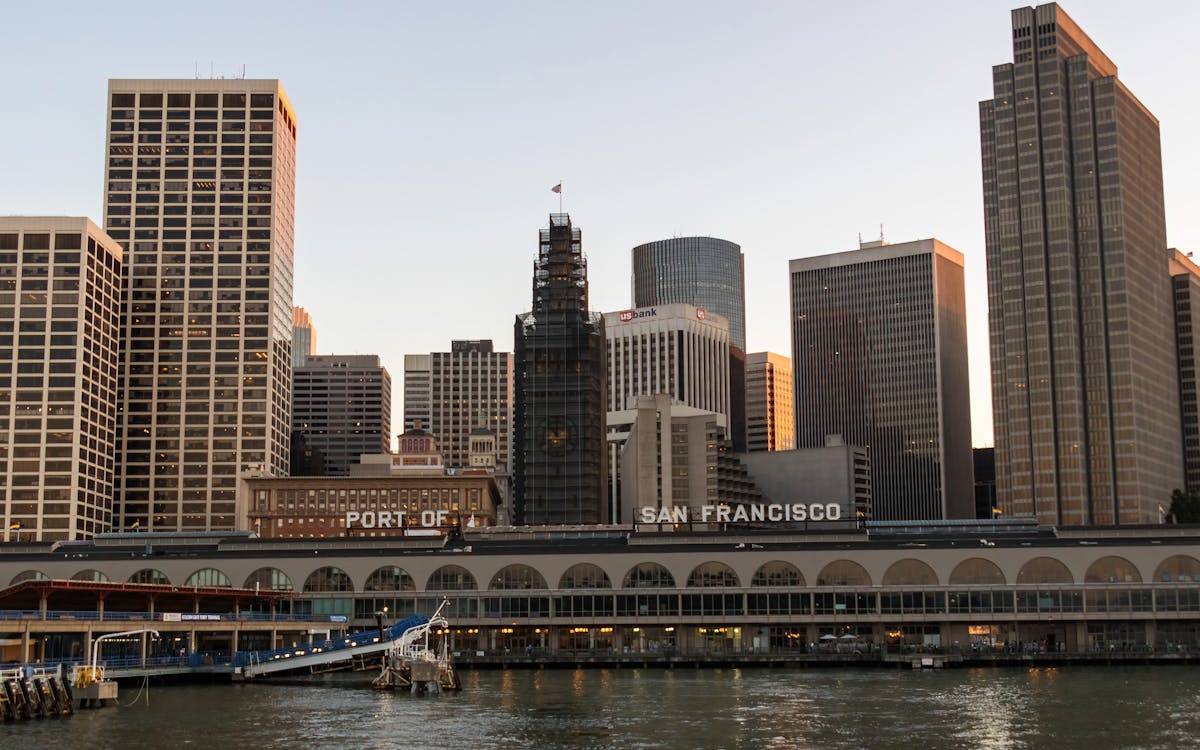Community Passion Restoring Coastal Health
Community Passion Restoring Coastal Health
Blog Article

Why Restoration Matters More Than Ever in the Bay Area
Over the last few years, the San Francisco Bay has weathered the impact of urban development, commercial advancement, and environment change. When including wildlife and lush wetlands, much of the bay's natural ecosystems have been fragmented or broken down. Yet amid these obstacles, something exceptional is occurring: local residents, volunteers, and grassroots efforts are leading a wave of environmental restoration that's bringing brand-new life back to the Bay.
Remediation isn't almost growing trees or cleaning up garbage, though those initiatives are essential. It's regarding reconstructing the foundations of life, from marsh turfs that support fish baby rooms to coastline barriers that defend against flooding. And in this area, the power of community involvement is transforming the tide extremely realistically.
From Marshland to Miracle: The Return of Native Habitats
One of the most noticeable adjustments taking place in the Bay Area is the re-emergence of native environments. Wetlands that were once drained or paved over are being rehydrated and replanted. Lawns and bushes indigenous to the area are being grown by community groups, that commonly count on local volunteers to aid grow seedlings and take care of controlled planting occasions.
These native plants do greater than add greenery to the landscape. They supply refuge to migratory birds, pollinators, and little mammals, creating pockets of biodiversity in the middle of hectic metropolitan areas. As these habitats expand, so does the eco-friendly wellness of the Bay itself. When neighborhood residents take time out of their weekends to get their hands in the soil, they're not just planting-- they're participating in the repair of a living, breathing ecological community.
The Role of Education in Fostering Environmental Stewards
Education plays a critical part in why these community-led efforts are functioning so well. Schools, neighborhood facilities, and not-for-profit groups are organizing hands-on discovering experiences where individuals of all ages can recognize the scientific research and importance of restoration. These programs often bring individuals one-on-one with concerns like disintegration, pollution, and water level increase-- topics that can feel abstract up until they're seen up close.
When someone sees the fragile balance of a tidewater or learns how a single plant types can filter toxic substances from the water, the worth of that knowledge ends up being individual. And with that said understanding comes the motivation to act. Bring back ecosystems becomes much less of a duty and more of a goal. This deep connection to neighborhood rooms is what establishes the Bay Area apart and fuels the long-term success of these efforts.
Harnessing the Digital World to Drive Real-World Change
Surprisingly, the push to recover the Bay's communities isn't taking place in isolation from the electronic world. Modern technology is becoming an effective tool in rallying support, spreading recognition, and linking communities. Whether with person scientific research applications that track indigenous varieties or neighborhood discussion forums organizing remediation events, the on-line space is complementing boots-on-the-ground action.
In the last few years, even neighborhood outreach techniques have actually advanced. As an example, a social media marketing agency in the Bay Area may sustain ecological campaigns by assisting volunteers magnify their effect, inform their stories, and inspire others to obtain entailed. These digital touchpoints have the power to turn a tiny weekend clean-up into a regional activity just by letting individuals understand it's taking place-- and that it matters.
Email Campaigns That Inspire and Inform Local Change-Makers
Another electronic technique making a tangible distinction is email communication. Updates regarding reconstruction from this source occasions, seasonal planting initiatives, and donation drives are often shared through carefully crafted e-newsletters that strike an equilibrium between being helpful and motivating. It's not uncommon for a well-timed campaign from an email marketing agency in San Francisco to bring a rush of volunteers or donations to a project in need.
These e-mail projects aren't just transactional-- they're transformative. By educating subscribers about the direct effect their participation has, they support long-lasting engagement. Readers come to seem like stakeholders in the health of their area, which emotional connection translates to lasting commitment.
The Unseen Work of Connecting Data, Communities, and Nature
Behind every effective reconstruction project exists an intricate web of sychronisation. There's research study to recognize what environments require most, area responses to form comprehensive plans, and follow-up monitoring to make sure success. This type of ongoing effort frequently needs not just heart, but data, strategy, and interaction.
That's where the assistance of a digital marketing company in the Bay Area can make a peaceful but important difference. By aiding companies build solid digital systems, collect insights, and improve their messaging, these teams allow neighborhood groups to scale their effect. The result is a more linked and effective movement, where every activity counts, and every person feels like they're component of something bigger.
The Power of People in Preserving the Bay's Future
If there's one point the Bay Area has proven, it's that reconstruction does not have to start with large institutions or substantial budget plans. It can start with one neighbor pulling weeds from a route, one student planting an indigenous sapling, or one household turning up to a shoreline cleaning. These little actions build up, particularly when they're supported by wise approaches and shared with the wider area.
There's something uniquely hopeful regarding seeing the trends transform-- both figuratively and literally-- in favor of nature. The Bay is far from totally restored, but it's being revived day by day via the persistence and care of those who call this place home. With each marsh rebuilt and each native types secured, we're not simply recovering ecological communities-- we're picturing what's possible when communities lead with purpose.
Keep following this blog for even more tales on local change, community impact, and the ways you can be part of protecting the natural beauty that borders us.
Report this page